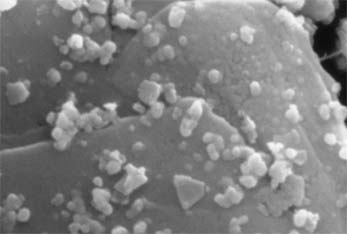Extremely thermoacidophilic archaea, such as Metallosphaera sedula DSM5348, play important roles mobilizing metals in natural environments and during biomining processes. M. sedula inhabits geothermal hot springs and belongs to the crenarchaeotal subdivision of the Archaea. It grows optimally at pH 2 and 75ºC. It is unusually resistant to toxic metals thereby facilitating its action as a metal leacher and contributor to acid mine drainage in heated niches. At elevated temperatures, bioleaching rates of thermophilic organisms exceed those of their low temperature microbial counterparts, consequently significant interest surrounds the use of these organisms for biomining applications. M. sedula exhibits both chemoheterotrophic growth on complex organic carbon compounds and lithoautotrophic growth coupling sulfur or iron oxidation with assimilation of carbon dioxide. The absence of key respiratory components implicates occurrence of novel mechanisms for inorganic substrate oxidation. At the same time, alternative and efficient routes of carbon assimilation have been proposed. The genome sequence of M. sedula will make important contributions in several areas. These include development of useful tools for studying and optimizing metal mobilization mechanisms, including genetic systems and the construction and use of DNA microarrays for transcriptome profiling. At the same time, comparative bioinformatics will expand information on the global role played by this organism for the transformation of valuable metals and its potential utility to promote carbon sequestration. |
||
|
||
Metallosphaera sedula DSM 5348

 Photo Credit: Yukari Maezato and Paul Blum, University of Nebraska-Lincoln.
Photo Credit: Yukari Maezato and Paul Blum, University of Nebraska-Lincoln.